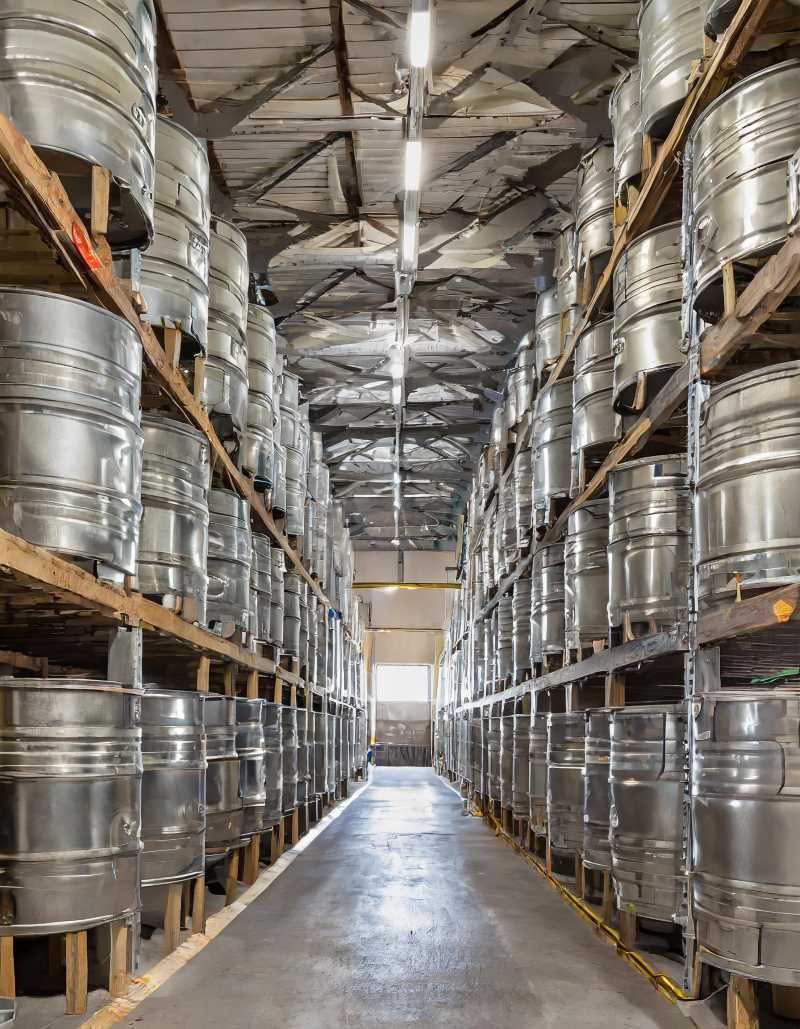The Statistical Anatomy of the Great Maple Syrup Heist
In 2011-2012, thieves stole a massive amount of maple syrup from Quebec's strategic reserve. They replaced the syrup with water and sold it elsewhere for profit. The ringleader was eventually caught and sentenced to jail.

The image of maple syrup brings forth visions of fluffy pancakes and crisp waffles, a delicious touch of sweetness gracing our breakfast tables. But behind this familiar condiment lies a complex market, and more than a few tales of intrigue.
The Great Canadian Maple Syrup Heist of 2011-2012 stands out as one such captivating saga, a quirky crime with high stakes and surprisingly complex logistics. It was a heist fueled by a profound understanding of the maple syrup industry, exploiting a unique system designed to ensure market stability.
To grasp the brilliance and the audacity of the maple syrup heist, we must first understand Quebec's position within the global maple syrup market. Quebec produces a staggering 77% of the world's maple syrup. It isn't just about quantity — quality also matters. The maple syrup from Quebec is renowned, and producers maintain rigorous standards of purity.
This creates a peculiar problem: supply and demand. The sap from which maple syrup is produced only flows in specific seasons. Yet, the market for syrup exists year-round. The Federation of Quebec Maple Syrup Producers (FPAQ) addresses this through a strategic reserve, essentially a massive warehouse where excess syrup is stored until needed. This reserve helps to stabilize prices and ensures a constant supply. Enter the thieves, who saw opportunity in an unlikely place.
The Heist Mechanics
The heist unfolded not like a slick Hollywood caper, but rather a slow and meticulously calculated operation. The thieves gained access to the FPAQ reserve facility in Saint-Louis-de-Blandford, Quebec. Crucially, this was a facility with minimal security, as the stored barrels were only inspected annually.
Instead of a daring overnight raid, the thieves played the long game, siphoning off syrup barrel by barrel across several months. They didn't simply disappear with their loot – the key to their deception was replacing the high-value maple syrup with water. Barrels were returned, arousing no suspicion.
The final steps were crucial. The stolen syrup was secretly transported across provincial borders to New Brunswick. There, it was repackaged and sold as if it were legitimately sourced, reaping huge profits due to the FPAQ mark-up on reserve syrup.

Data Breakdown of the Heist
The scale of the heist was staggering, highlighting the logistical complexities the thieves overcame:
- 9,571 Barrels Stolen: An estimated total of nearly 3000 tons of maple syrup was siphoned off.
- $18.7 Million (CAD): The estimated value of the stolen goods (equivalent to approximately $21.7 million CAD in 2021).
- Months-Long Operation: The theft wasn’t a single incident, but an ongoing process carried out under the noses of the FPAQ.
- Water Weight: The sheer volume of water needed to replace the syrup demonstrates premeditation and careful transportation logistics.
Investigation and Aftermath
Like an overly sweet syrup leaving a sticky residue, the deception eventually couldn't be maintained. Routine inventory checks revealed the inconsistencies, triggering a full investigation. The investigation revealed insider connections and a complex web of individuals, ultimately leading to the arrest of Richard Vallieres as a ringleader. He received an 8-year prison sentence and a hefty fine.
While the full extent of stolen syrup remains unknown, authorities recovered a significant portion of it.
The Great Maple Syrup Heist was undoubtedly bold, but more importantly, it was a crime informed by industry knowledge. It wasn't just sticky fingers; the heist laid bare vulnerabilities in the very system designed to protect the maple syrup market. While the heist may inspire a chuckle amidst true crime tales, it serves as a reminder: where profit lurks, even the most wholesome commodities can fall prey to elaborate schemes.




